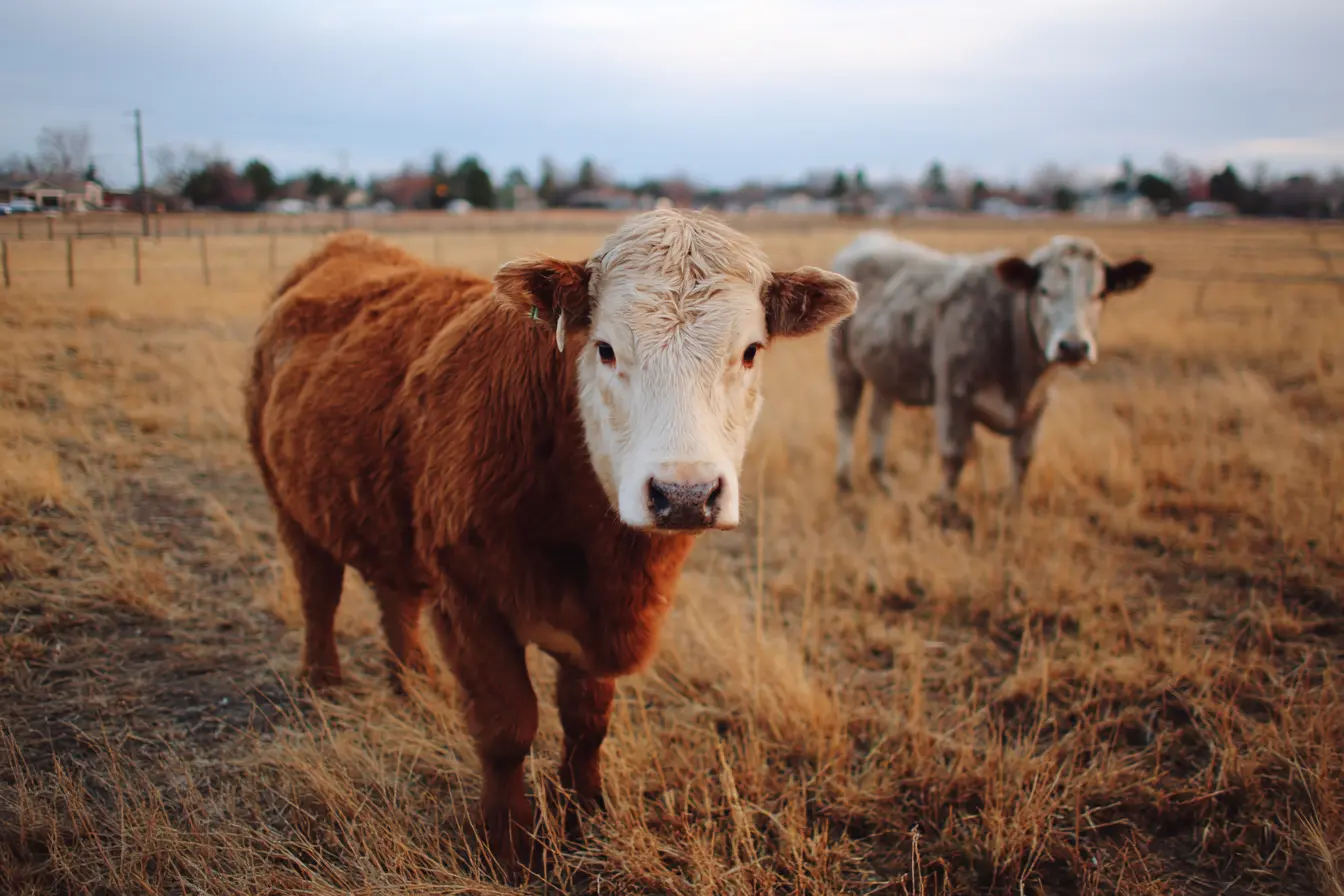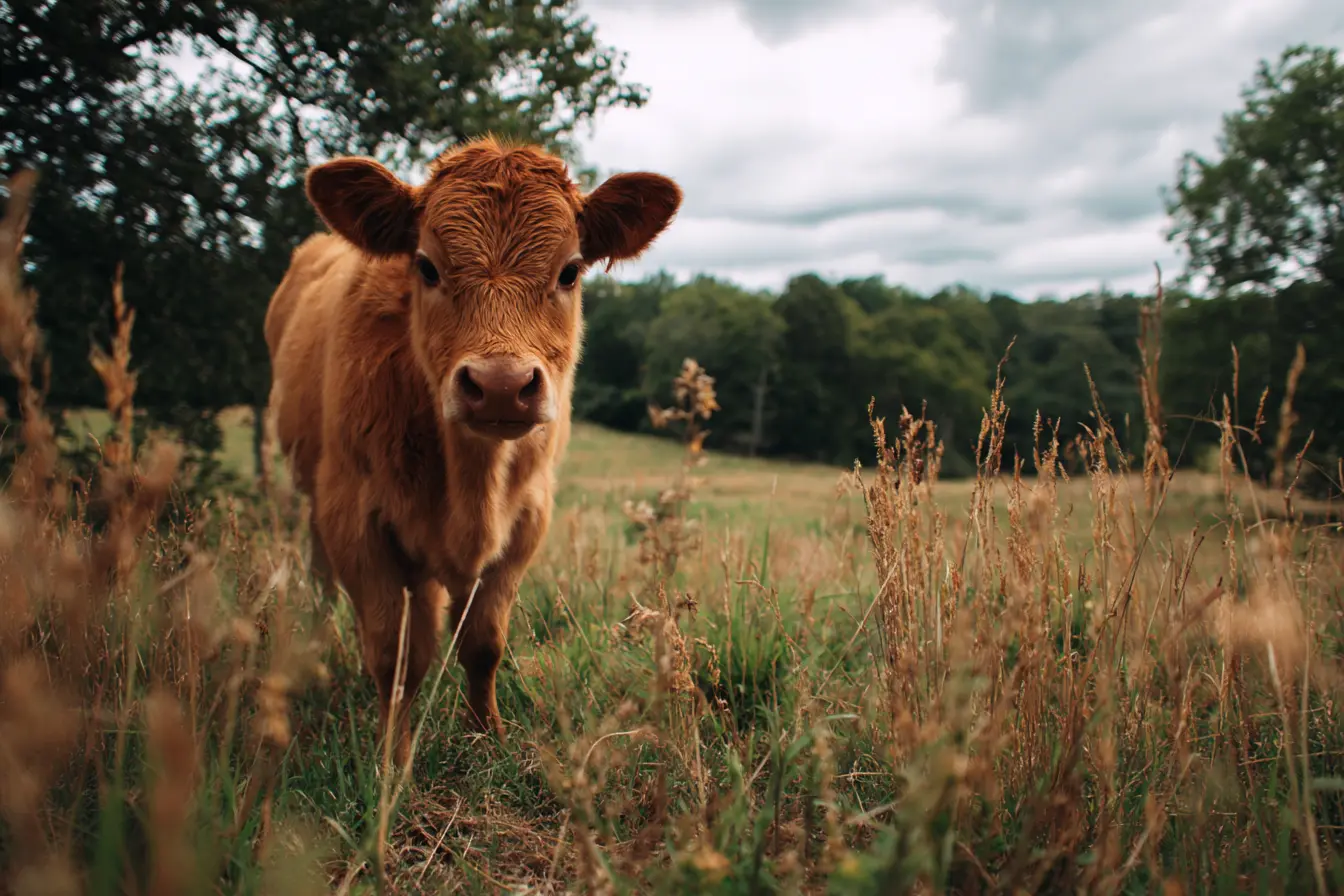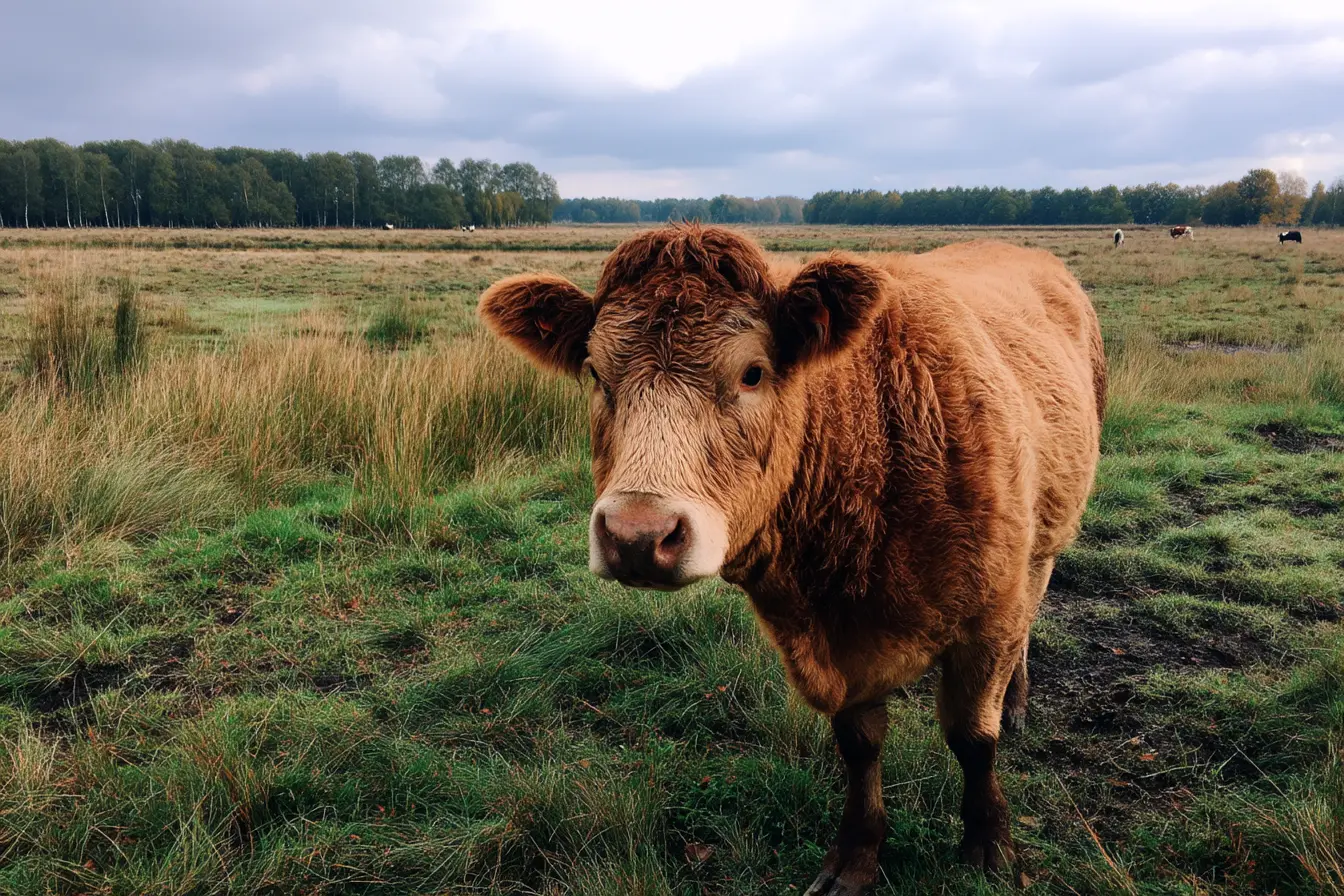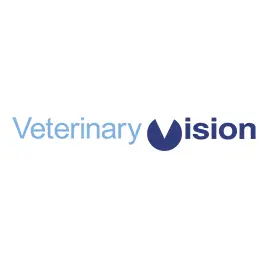
Bovine Viral Diarrhoea (BVD): Understanding, Controlling, and Eradicating a Major Threat to Cattle Herds
Bovine Viral Diarrhoea (BVD) is one of the most economically significant infectious diseases in cattle worldwide. It affects both beef and dairy herds, causing reproductive failures, calf losses, and immunosuppression that leaves cattle vulnerable to other infections. This comprehensive blog post explains what BVD is, how it spreads, its impact on farm profitability, and how to control and ultimately eradicate this disease from your herd.
What is Bovine Viral Diarrhoea?
BVD is caused by the Bovine Viral Diarrhoea Virus (BVDV), a pestivirus that primarily infects cattle but can also affect other ruminants. There are two main types of BVD virus:
- BVDV Type 1: The most common form in the UK and Europe.
- BVDV Type 2: Less common, but generally associated with more severe disease outbreaks.
The virus can cause a range of clinical presentations, from mild, unnoticed infections to severe disease with significant economic losses.
How Does BVD Spread?
BVD spreads mainly through direct contact with infected animals or their secretions (nasal discharge, saliva, faeces, urine, semen). The most important source of infection is animals known as persistently infected (PI) cattle.
Persistently Infected (PI) Animals
- PI animals are born to cows that were infected with BVDV during early pregnancy.
- They carry the virus for life and continuously shed large amounts of virus.
- PI animals often appear healthy but act as a constant source of infection to other cattle.
Clinical Signs of BVD
The clinical signs of BVD vary depending on the age of the animal and the stage of pregnancy when infection occurs:
- In Adult Cattle: Often mild or unnoticed infections, though can include fever, diarrhoea, and reduced milk yield.
- Reproductive Losses: Infection during early pregnancy can lead to:
- Infertility
- Abortions
- Birth of weak calves
- Birth of PI calves
- Calves:
- Poor growth and ill-thrift
- Increased susceptibility to pneumonia and scour
- Mucosal Disease: In PI animals, co-infection with a cytopathic strain of the virus can trigger fatal mucosal disease, characterised by severe diarrhoea, mouth ulcers, and rapid wasting.
Economic Impact of BVD
BVD can have a devastating economic impact:
- Reduced fertility and increased calving interval.
- Higher calf mortality and poor growth rates.
- Increased veterinary treatments and medication costs.
- Loss of milk yield and reduced carcass weights in beef cattle.
- Long-term herd productivity losses due to immunosuppression and secondary infections.
Diagnosis and Testing
Effective control starts with identifying infected animals:
- Bulk Milk Testing: A useful herd-level screen in dairy herds to detect virus exposure.
- Blood Testing: Antibody and antigen (virus) detection in individual animals.
- Ear Notch Testing (PCR): Identifies PI calves by testing tissue samples.
Testing should always be done with veterinary guidance and interpreted in the context of herd health history.
Control and Eradication Strategies
Many countries and regions, including parts of the UK, have national BVD eradication programmes. Key steps to controlling and eradicating BVD include:
Identify and Remove PI Animals
- Test all calves and cull any PI animals identified.
- Isolate suspect animals until testing confirms their status.
Biosecurity Measures
- Maintain a closed herd where possible.
- Test and quarantine incoming animals.
- Use only BVD-free bulls and semen for breeding.
Vaccination
- Vaccination can help protect cows and heifers from infection and prevent the birth of PI calves.
- Vaccination alone will not eradicate BVD but is an important part of a control programme.
Herd Monitoring and Records
- Regularly monitor herd status with appropriate testing.
- Keep accurate records to track infection status and inform decision-making.
The Role of National Eradication Schemes
In the UK, BVD eradication schemes like the BVD Stamp It Out initiative provide support for farmers to identify and eliminate BVD from their herds. These schemes emphasise:
- Surveillance testing and PI removal.
- Financial and technical support for farmers.
- Sharing knowledge and best practices to support eradication.
Conclusion
Bovine Viral Diarrhoea remains a major challenge for cattle farmers, but with a coordinated approach and robust biosecurity, it is possible to eliminate this costly disease from your herd. By identifying and removing PI animals, tightening biosecurity, and using vaccines strategically, you can protect your herd’s health and your farm’s profitability.
Related Vets
Vets near you
Speciality vets
- Aquatics vet specialists
- Birds vet specialists
- Camelids vet specialists
- Cats vet specialists
- Cattle vet specialists
- Deer vet specialists
- Dogs vet specialists
- Equines vet specialists
- Exotic vet specialists
- Goats vet specialists
- Pigs vet specialists
- Poultry vet specialists
- Sheep vet specialists
- Small Mammals vet specialists
- Wild vet specialists











